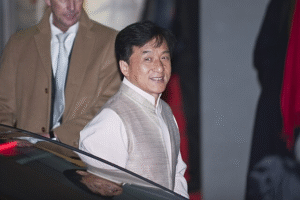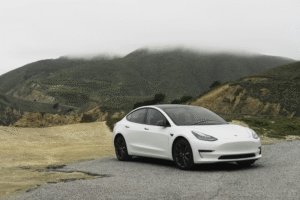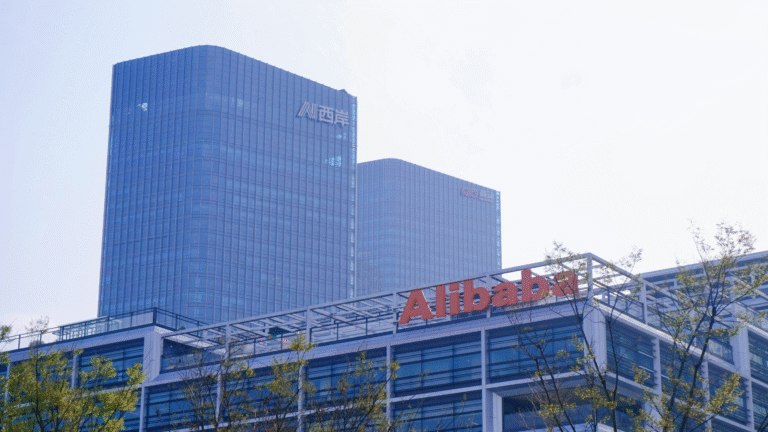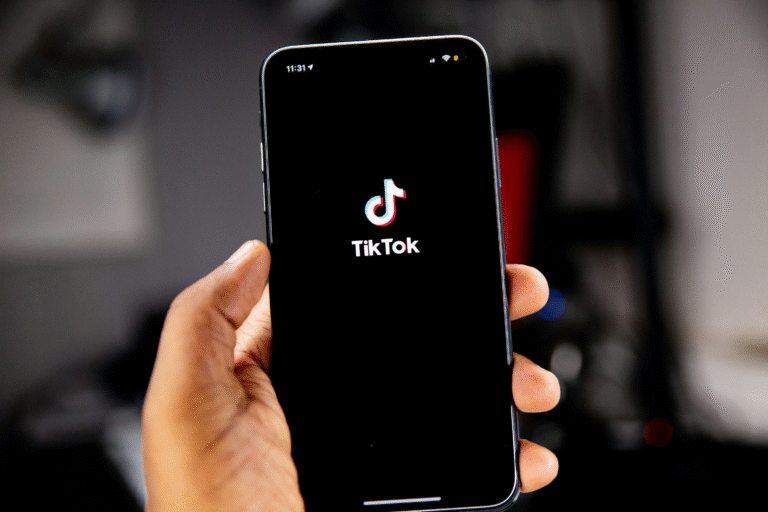Tesla has always carried an aura of inevitability, the kind of company people once spoke about with the same confidence reserved for sunrise. Yet the past year has felt different. The electric-vehicle pioneer, long seen as the default leader of the EV revolution, is navigating one of the most challenging downturns in its history. Sales are sliding across its most important markets, rivals are strengthening their positions and the company’s public image has weathered repeated shocks. As someone who has watched the EV space mature over the past decade, the shift feels like witnessing a marathon runner suddenly lose rhythm just as the pack catches up. The slowdown becomes clear when you look at Europe, a region that once treated Tesla as the futuristic guest of honor. Data released by the European Automobile Manufacturers’ Association shows Tesla’s October sales falling 48.5 percent compared with the same month last year. The number feels even heavier when paired with the fact that overall EV sales across the continent rose 26 percent during that same period.
In a growing market, Tesla is one of the few companies moving in the opposite direction. The trend isn’t limited to one month. The company’s European sales are down roughly 30 percent for the year. For many longtime observers, this gap signals more than a temporary dip. Industry analysts have been pointing out that European buyers now have a richer menu of EV choices than ever before. Chinese automakers are accelerating their push into the region with aggressively priced models, while legacy manufacturers like Volkswagen, BMW and Renault have upgraded their electric lineups. Tesla once stood almost alone. Today, it stands in a crowd. China, another crucial pillar of Tesla’s global strategy, is also presenting fresh challenges. The Chinese EV ecosystem is a force unto itself. Companies like BYD, Nio and XPeng have spent years fine-tuning their offerings, often pricing vehicles below Tesla while adding features tailored to local preferences. Many Chinese consumers have developed a growing loyalty to domestic brands, a shift that naturally strains Tesla’s momentum.
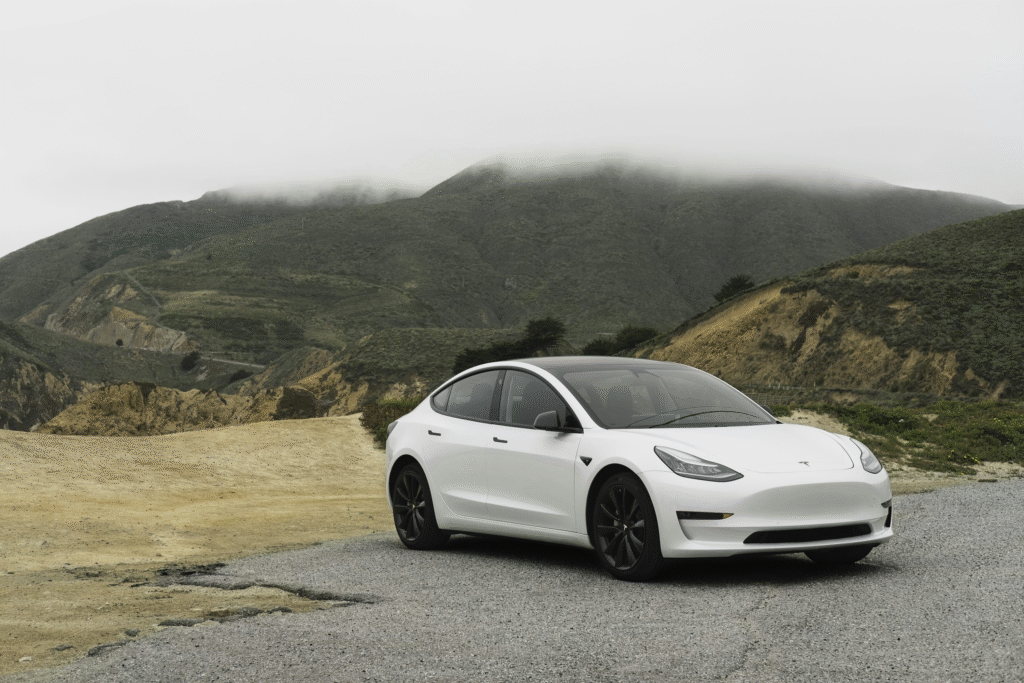
The company still produces vehicles at scale at its Shanghai plant, and China remains essential to its financial backbone, but the environment has grown more competitive by the month. North America, historically Tesla’s strongest market, hasn’t provided the rescue buoy the company might have hoped for. Tesla recorded record deliveries in the third quarter of this year, but much of that spike came from American buyers hurrying to claim an EV tax credit before it expired on September 30. When incentives drive a surge, the months that follow often settle back into quieter territory. According to estimates from Visible Alpha, Tesla’s global deliveries are expected to decline 7 percent this year after already shrinking by 1 percent in 2024. Declines like that are rare for a company that built its identity on perpetual forward movement. In the backdrop of these business challenges sits the company’s enigmatic chief executive. Elon Musk’s public image has always been tightly woven into Tesla’s reputation, sometimes lifting it and sometimes tugging it into storms. Earlier this year, Musk secured shareholder approval for a pay package valued at roughly a trillion dollars, a figure that would have sounded exaggerated in fiction.
He also spent considerable time discussing robotics, artificial intelligence and long-term technological pursuits. While these topics showcase Musk’s vision, they have also nudged attention away from Tesla’s core automobile business at a moment when the company arguably needs more hands on the steering wheel. Europe offers a telling case study of the ties between corporate identity and public sentiment. Last year, Musk publicly praised far-right political figures, and the ripple effects were swift. Protests erupted across several European countries, with some groups organizing informal boycotts. Musk has dialed down political commentary in recent months, but consumer trust tends to rebuild slowly. Tesla’s continued decline in the region suggests the brand’s troubles go deeper than public relations alone. Consumers today have higher expectations, broader choices and a growing awareness of how the companies they buy from navigate social and political landscapes. The situation raises uncomfortable but important questions.
Is Tesla facing a temporary stumble that will fade once new models arrive and global costs stabilize? Or is this the start of a structural shift in the EV landscape where advantage moves away from Tesla and toward a wider field of competitors? People close to the industry often describe the current EV market as resembling the smartphone boom of the early 2010s. At first, there was one clear star. Eventually, everyone else caught up. Tesla still holds remarkable strengths. It retains a fiercely loyal customer base, its charging network remains one of the most reliable in the world and its vehicles continue to push impressive performance standards. The company’s Gigafactories, from Fremont to Shanghai to Berlin, operate at scales most automakers would struggle to match. But strengths alone aren’t shields. The EV industry now rewards constant reinvention, quick regional adaptation and pricing strategies that reflect the realities of global competition. Several market analysts believe Tesla’s next major milestone will come from how it reshapes its product lineup.
Many buyers are waiting for updates to older models, particularly the Model 3 and Model Y, which built Tesla’s global empire. Others want entry-level options priced for mainstream buyers rather than premium segments. Tesla has spent years teasing the idea of a lower-cost vehicle, but the timeline remains fluid. The longer the wait, the more space competitors gain. The company’s robotics ambitions, from humanoid bots to AI-powered manufacturing systems, have captivated technologists and investors alike. Yet these innovations feel distant from the immediate realities of mid-price EV customers browsing dealership floors. For many people, reliability, affordability and availability are what matter most.
Tesla excels at vision, but the present moment demands grounded, market-ready execution. The broader EV industry is still expanding, and that remains a hopeful detail. Even as Tesla’s European numbers fell sharply in October, EV adoption across the continent kept rising. People want cleaner cars. Governments continue pushing climate policies. Charging networks keep growing. The future of electric mobility is still bright, but the future of its leaders is less predictable. Tesla now stands at a crossroads, one that feels like an early winter evening where the path ahead is visible only through shifting pockets of light and shadow. The company that once seemed unstoppable is discovering that influence must be continuously earned. Where it goes next will depend on how quickly it can reconnect with global buyers, reset its strategy and regain the trust that once set it apart.


